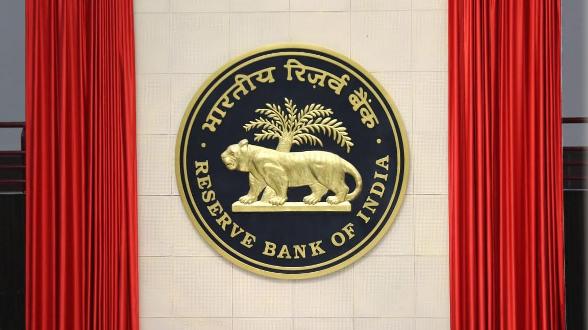Black Carbon Particles Contribute To Increasing COVID-19 Cases | UPSC | Why In The News ?
- Black carbon particles contribute to increasing COVID-19 cases.
- This is according to a recent study conducted by the Indian Institute of Tropical Meteorology located in Pune.
About the study:
- The COVID-19 infection count increase corresponded with an increase in black carbon in the atmosphere and decreased simultaneously with the decrease in black carbon in the atmosphere.
- The study also suggests that this holds true only for black carbon particles and not all PM2.5 particles.
- The Increase in COVID-19 infection rate in Delhi coincided with stubble burning in neighbouring states, the study showed.
- The aged biomass BC particles aggregated and reacted with other compounds to grow in size, providing temporary habitat to viruses.
- This led to a rapid increase in COVID-19 cases.

About Black Carbon:
- Black Carbon is a short-lived pollutant.
- It is the second-largest contributor to warming the planet behind carbon dioxide (CO2).
- Black carbon is a kind of an aerosol.
- An aerosol is a suspension of fine solid particles or liquid droplets in the air.
- Black carbon is commonly known as soot.
- Soot is a form of particulate air pollutant, produced from incomplete combustion.
- Unlike other greenhouse gas emissions, Black Carbon is quickly washed out and can be eliminated from the atmosphere if emissions stop.
- Unlike historical carbon emissions it is also a localised source with greater local impact.
- It emits infra-red radiation that increases the temperature.
Read Also – US To End Its Combat Mission In Iraq | UPSC
Source Of Black Carbon :
- It gets emitted from gas and diesel engines, coal-fired power plants, and other sources that burn fossil fuel.
- It comprises a significant portion of particulate matter or PM2.5, which is an air pollutant.
Some Additional Information :
- India and China are the largest emitters of black carbon in the world.
What are short-lived climate pollutants?
- Short-lived climate pollutants are those pollutants which are short lived in the atmosphere.
- They are also known as Super Pollutants.
- Methane, black carbon and hydrofluorocarbons (HFCs) are some examples of short-lived pollutants.
- They are many times more powerful than carbon dioxide at warming the planet.
- But because they are short-lived in the atmosphere, preventing emissions can rapidly reduce the rate of warming.
Climate and Clean Air Coalition (CCAC):
- The Climate and Clean Air Coalition is a voluntary partnership of governments, intergovernmental organizations, businesses, scientific institutions and civil society organizations.
Aimf Of The CCAC :
- T o improving air quality and protecting the climate through actions to reduce short-lived climate pollutants which includes Methane, black carbon and hydrofluorocarbons (HFCs) etc.
Some Additional Information :
About Project Surya
- It aims at reducing atmospheric concentrations of black carbon, methane, and ozone.
- Project Surya will replace the highly polluting cookstoves traditionally employed in rural areas with clean-cooking technologies and employs innovative sensing technologies to measure the positive climate and health impacts by a means of a mobile phone platform to measures ‘black carbon’ concentrations.
Source – Down To Earth









